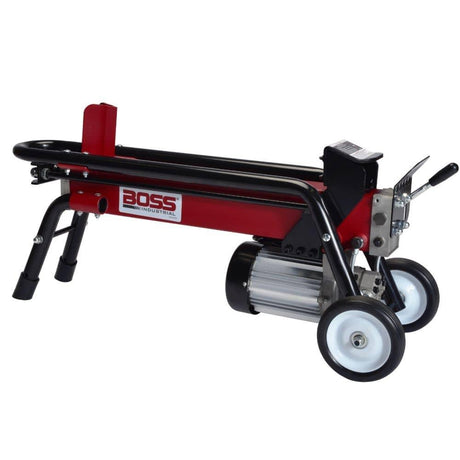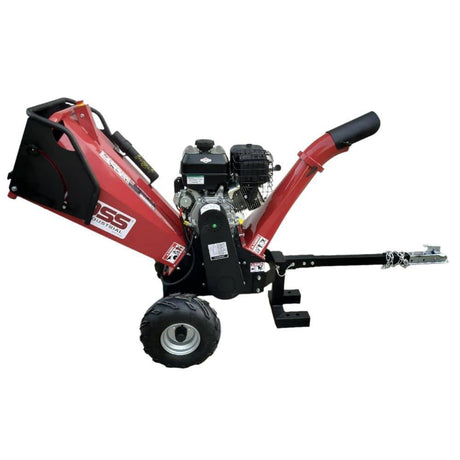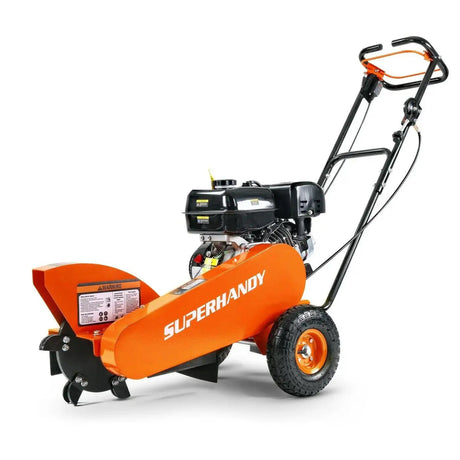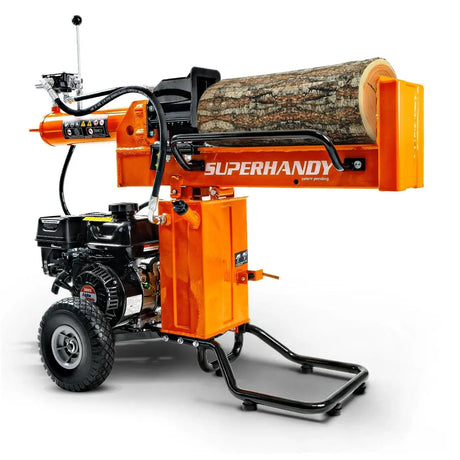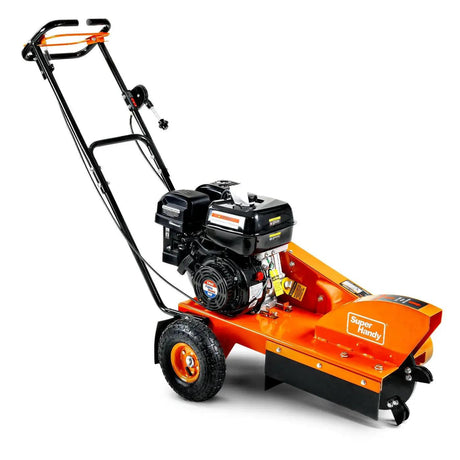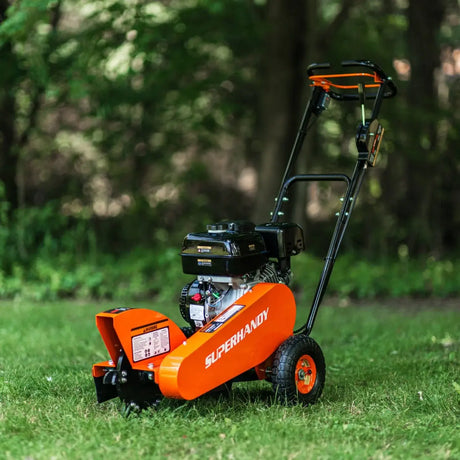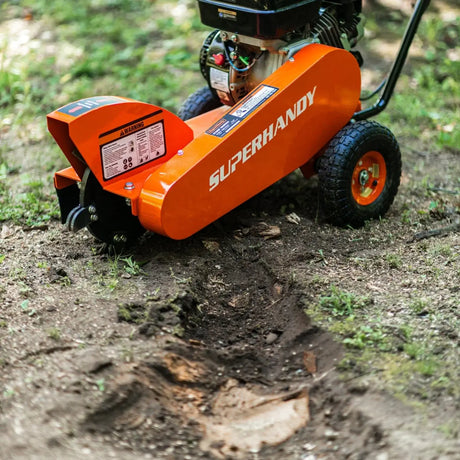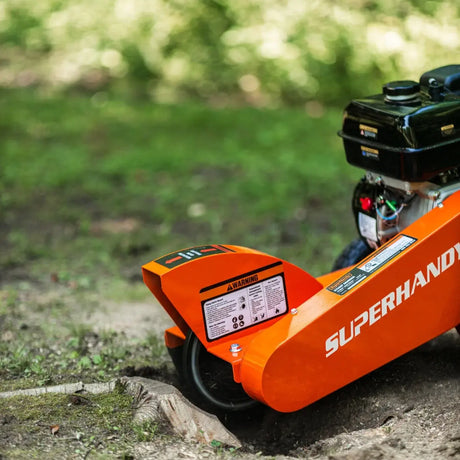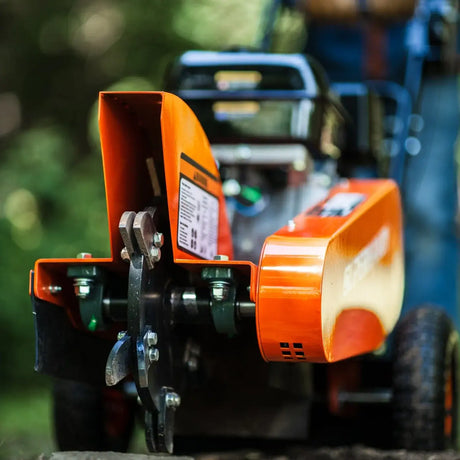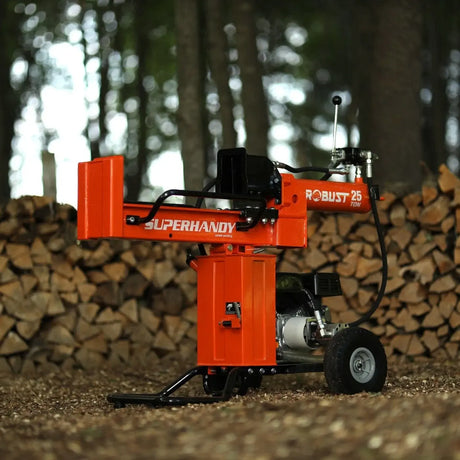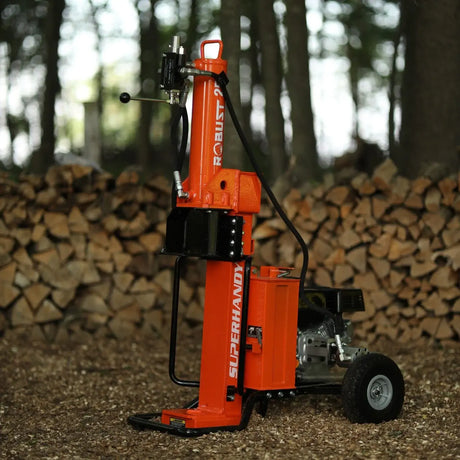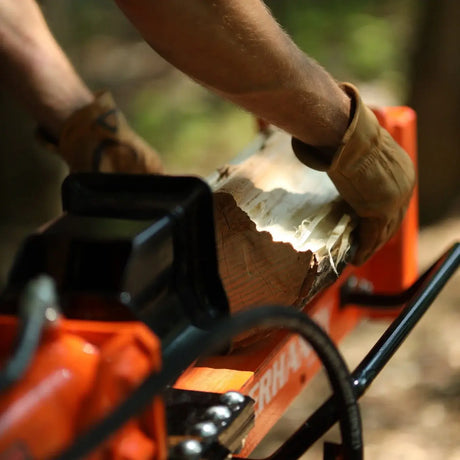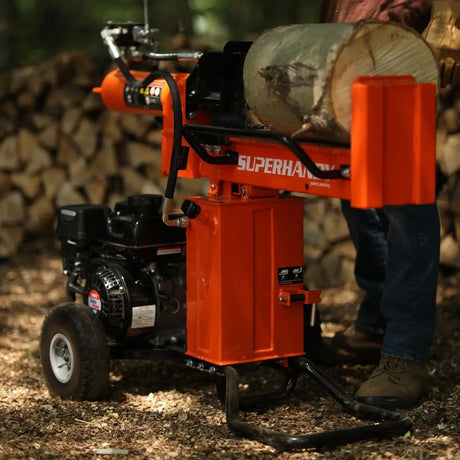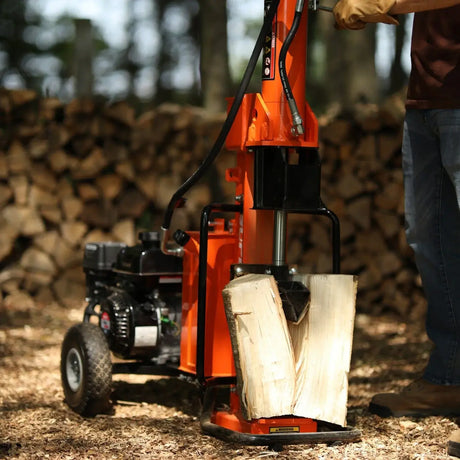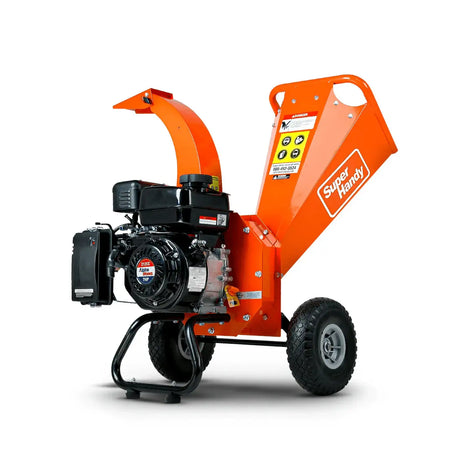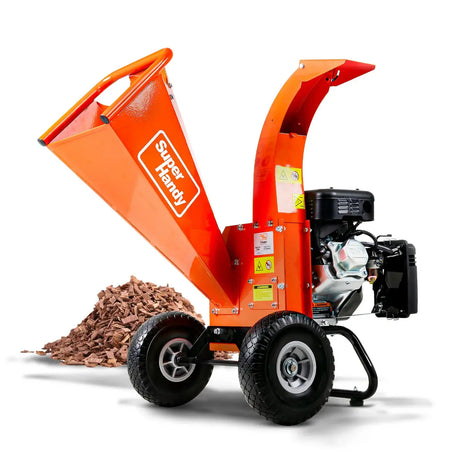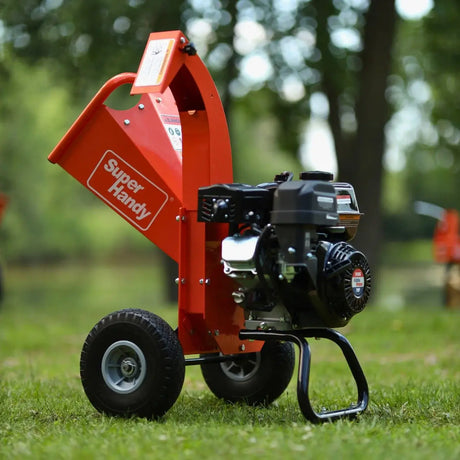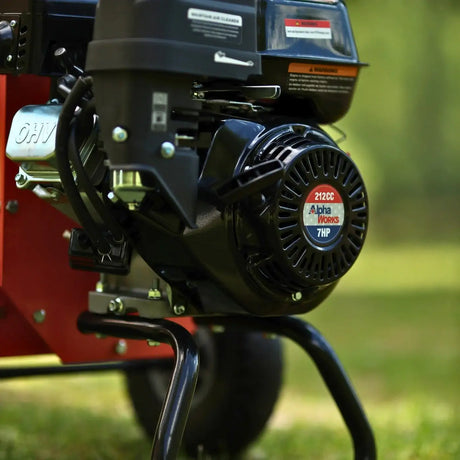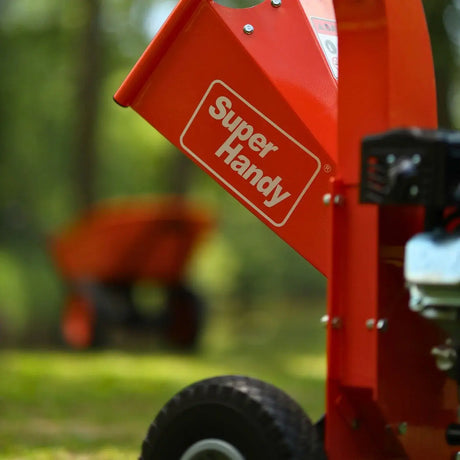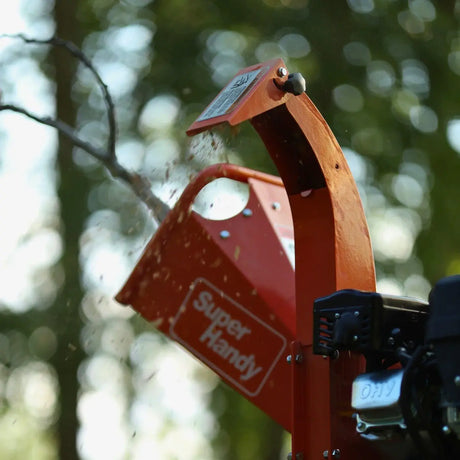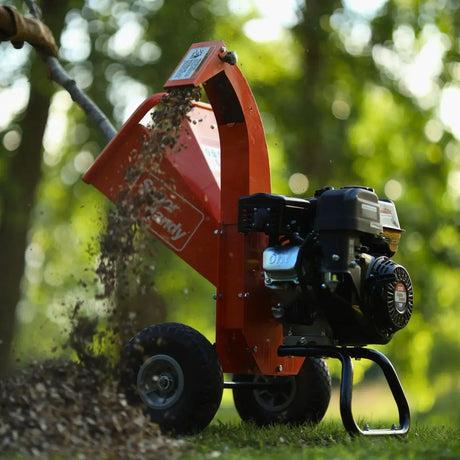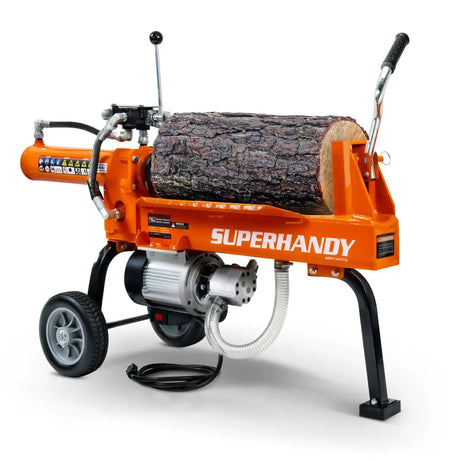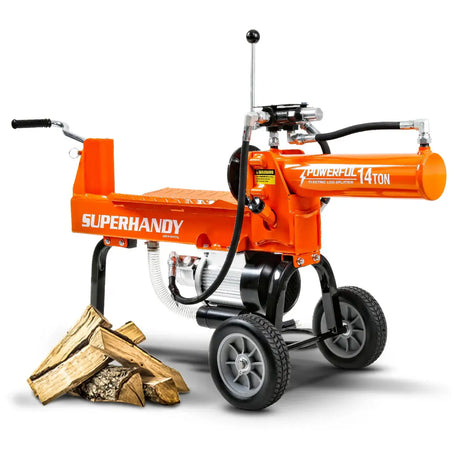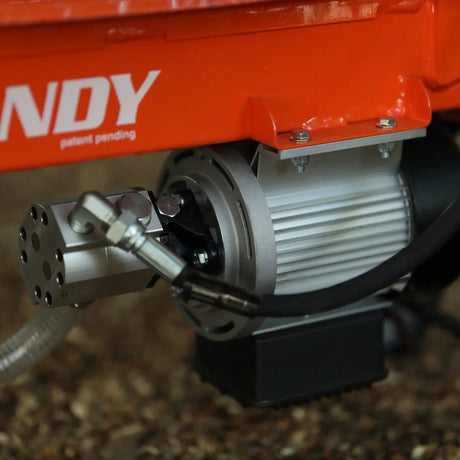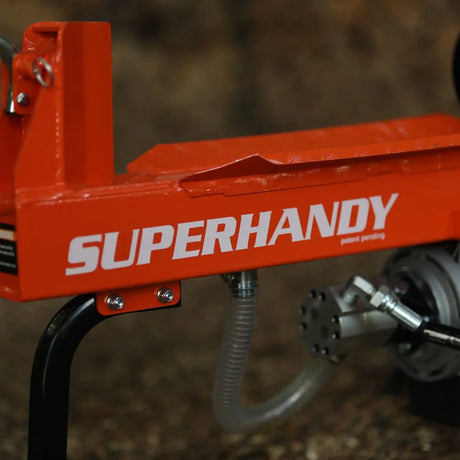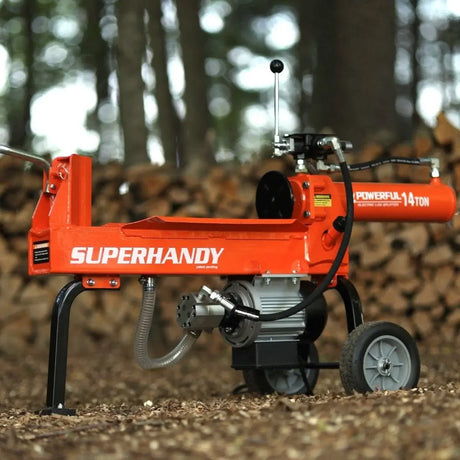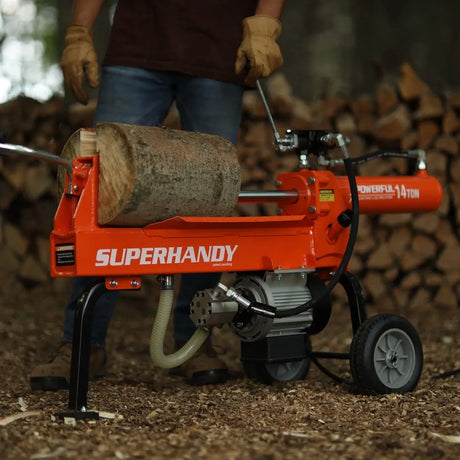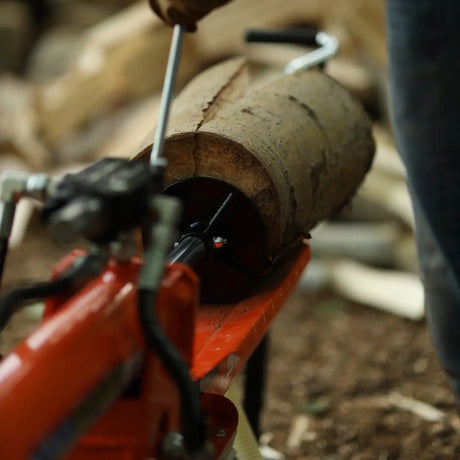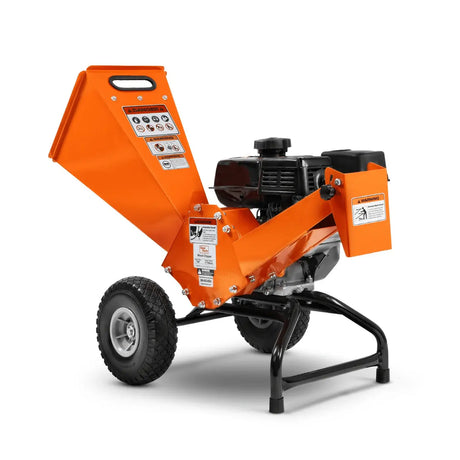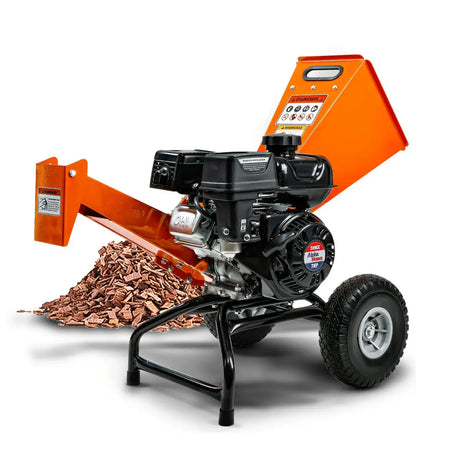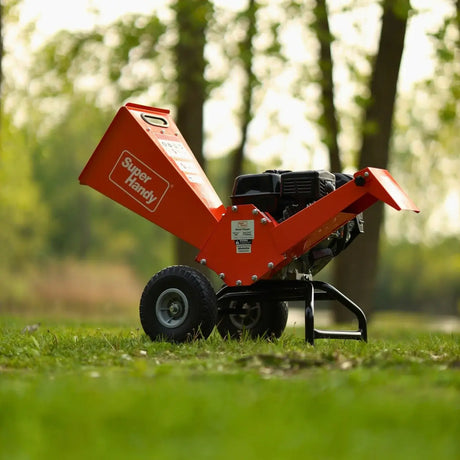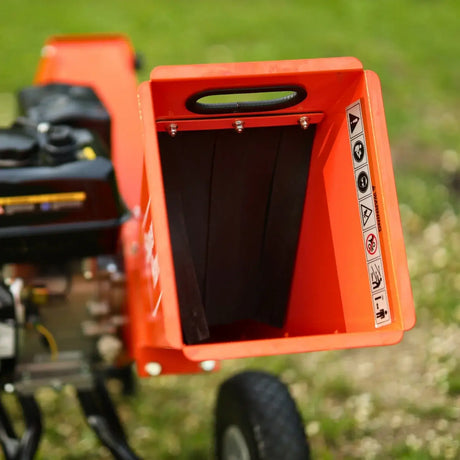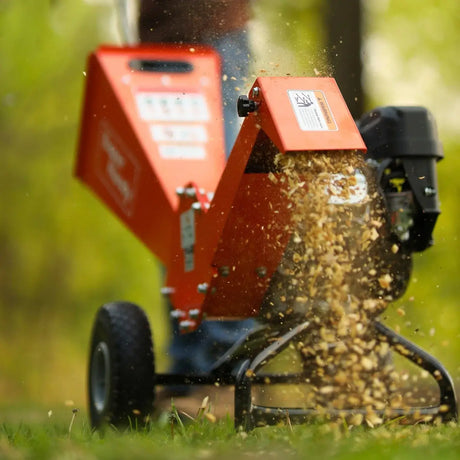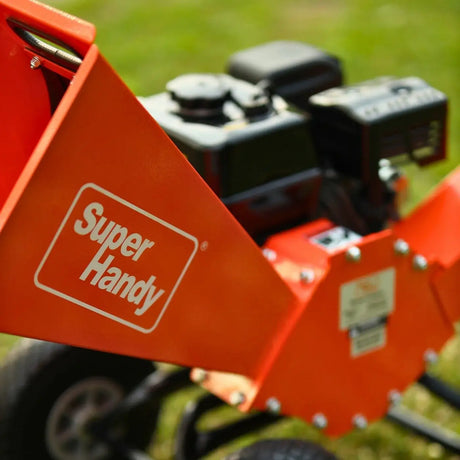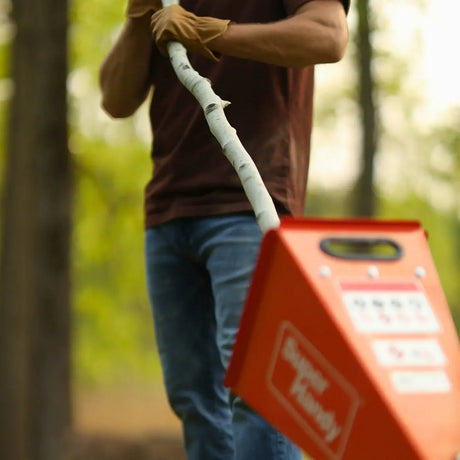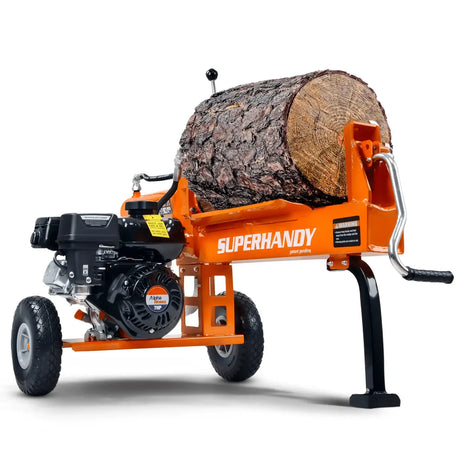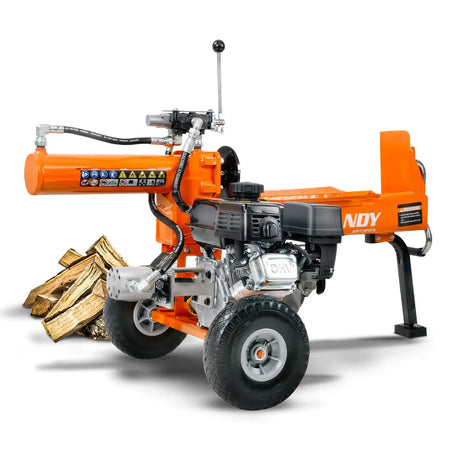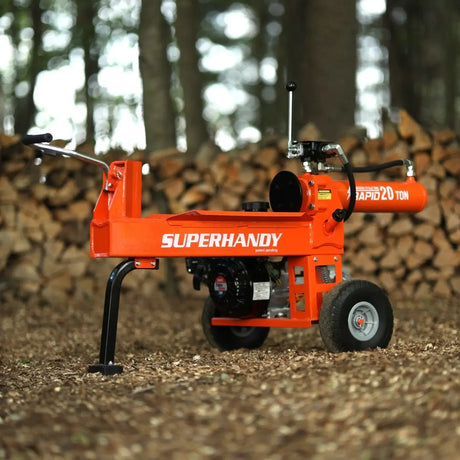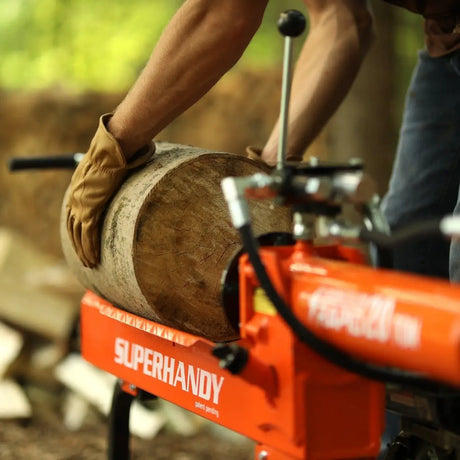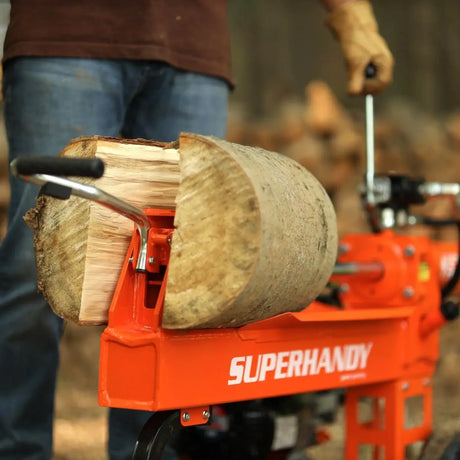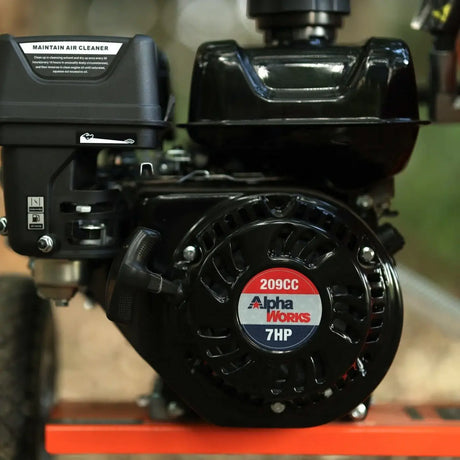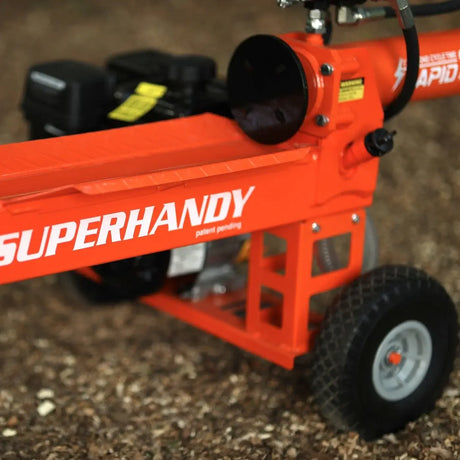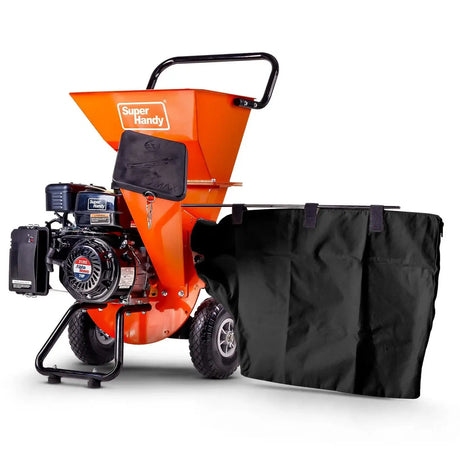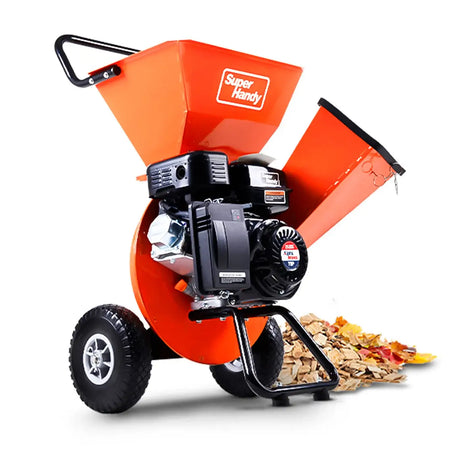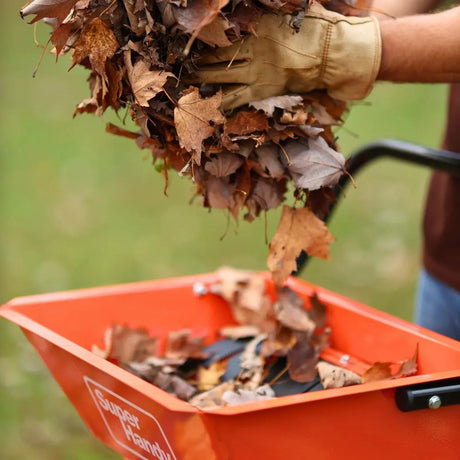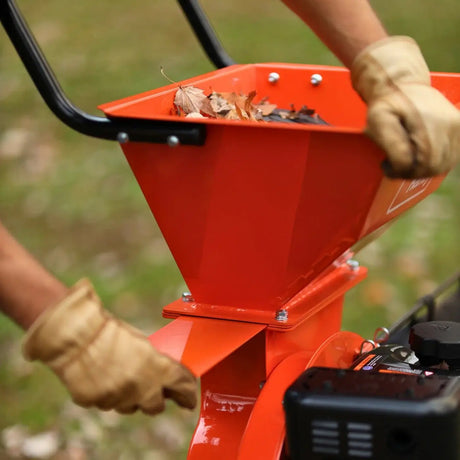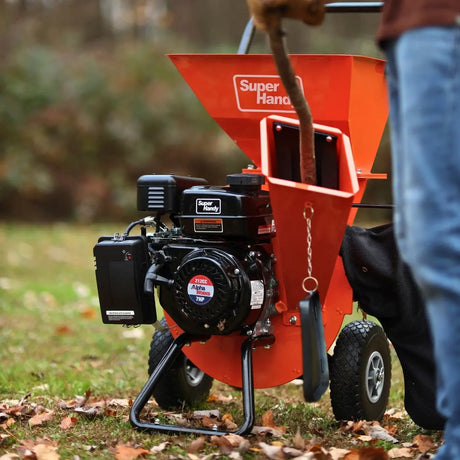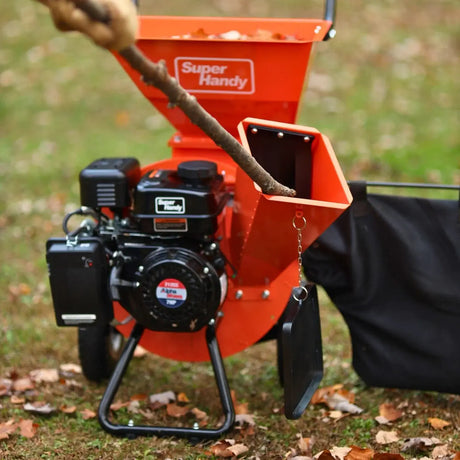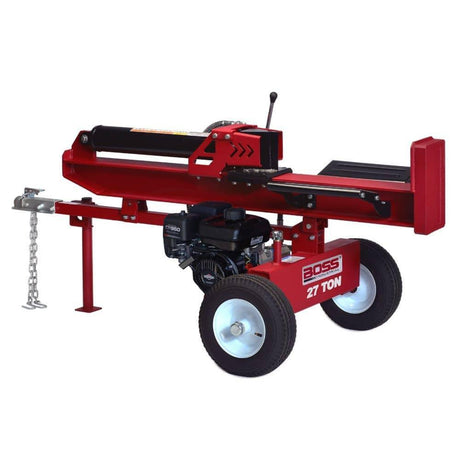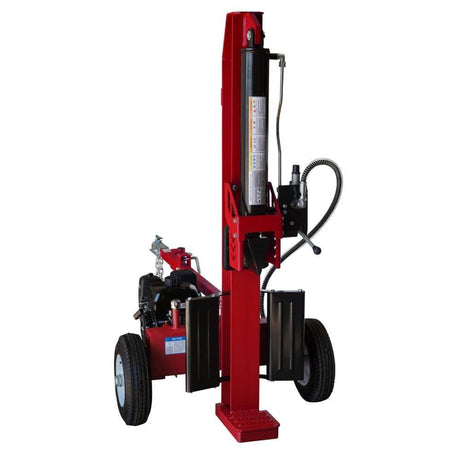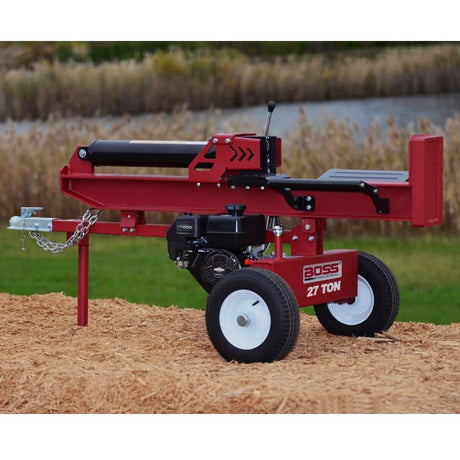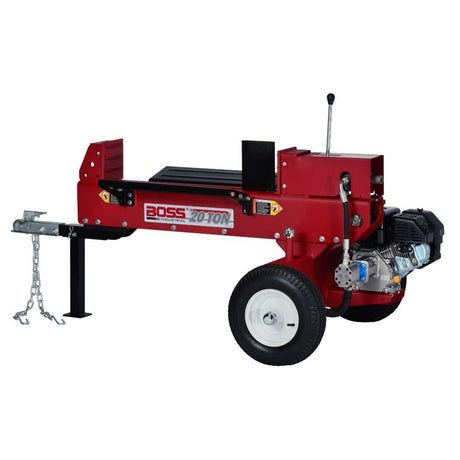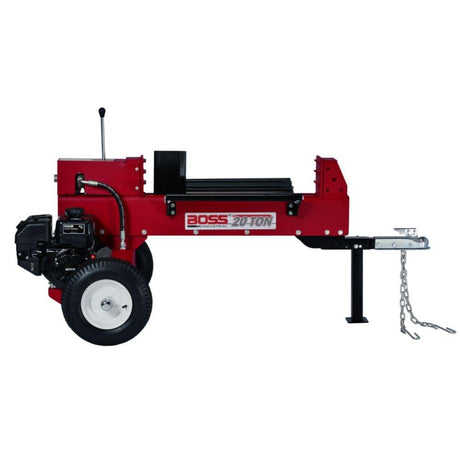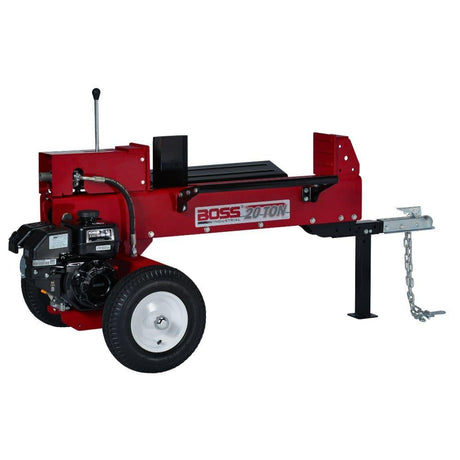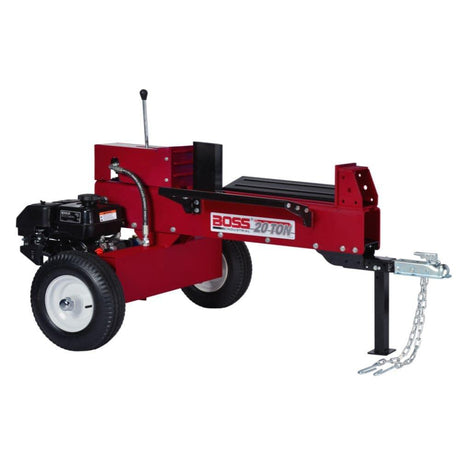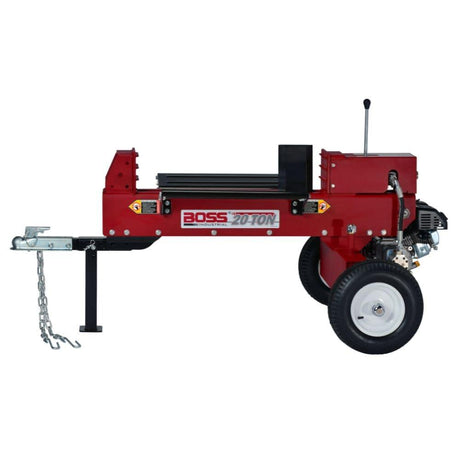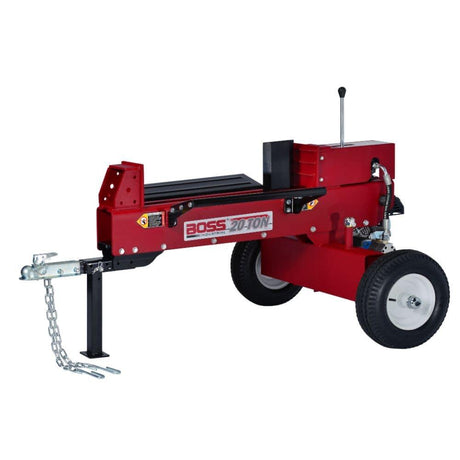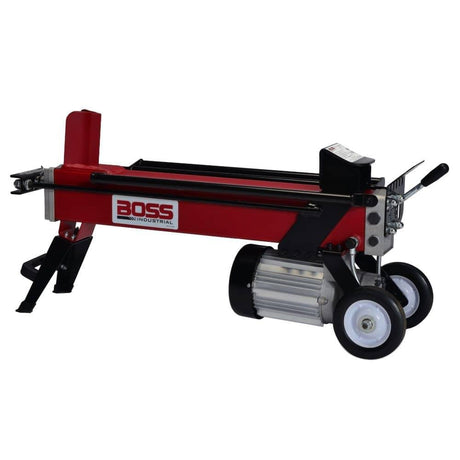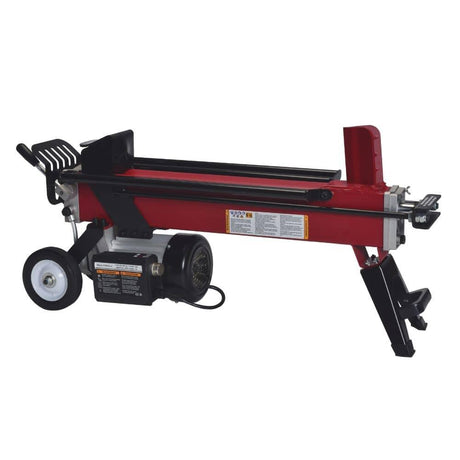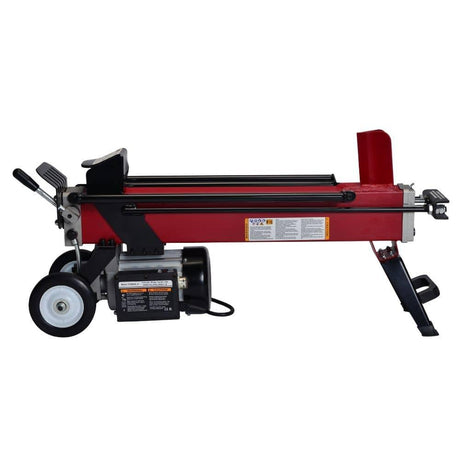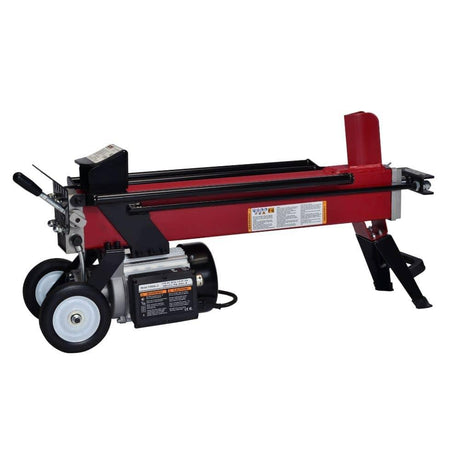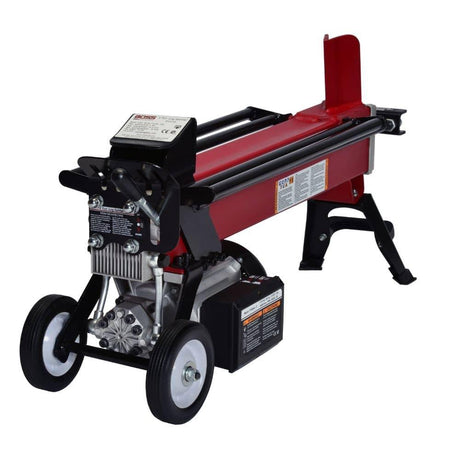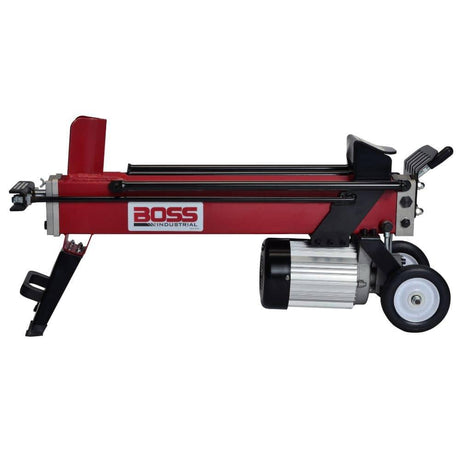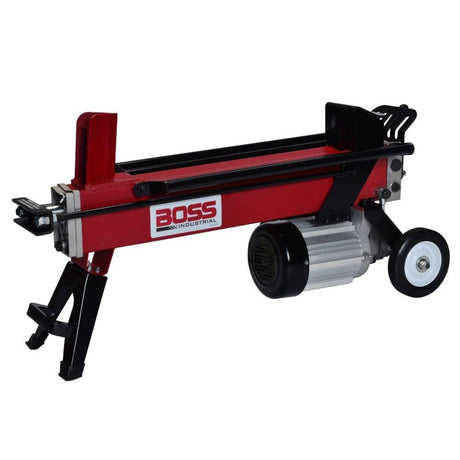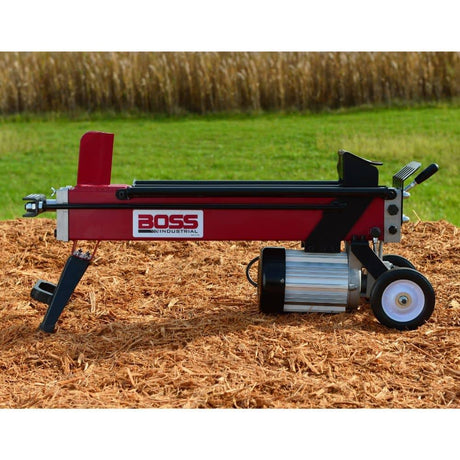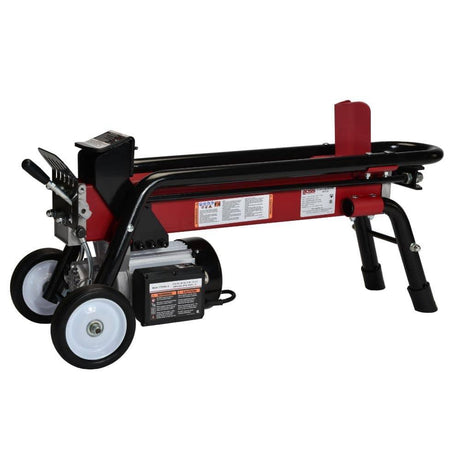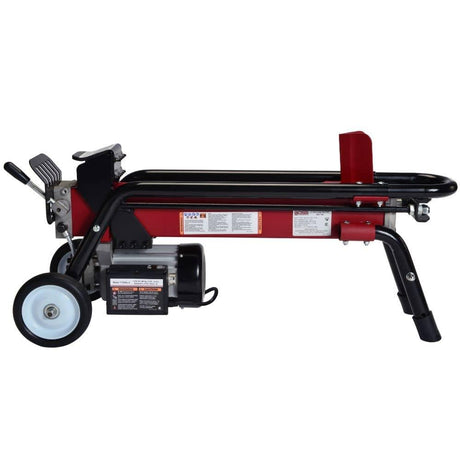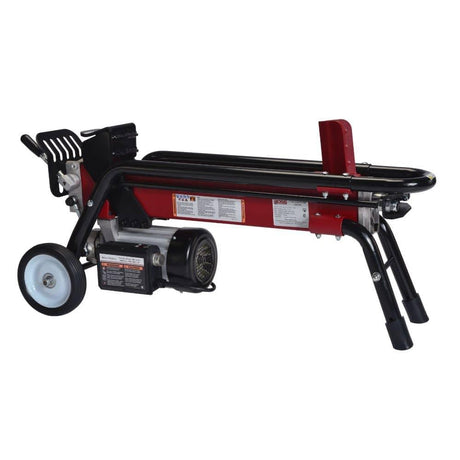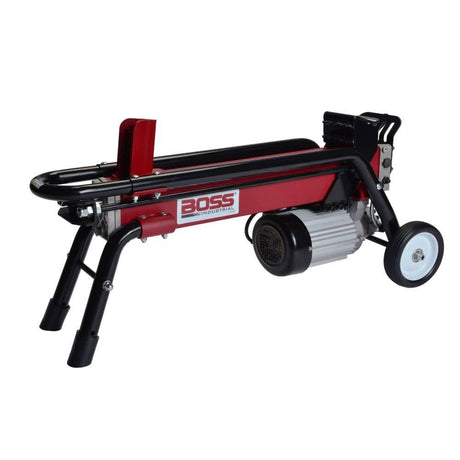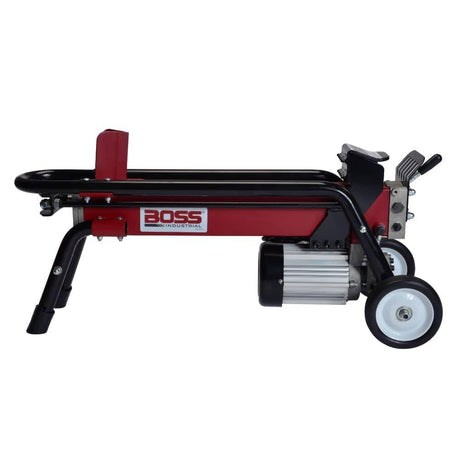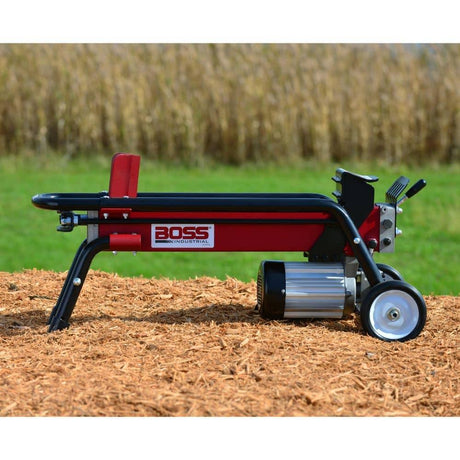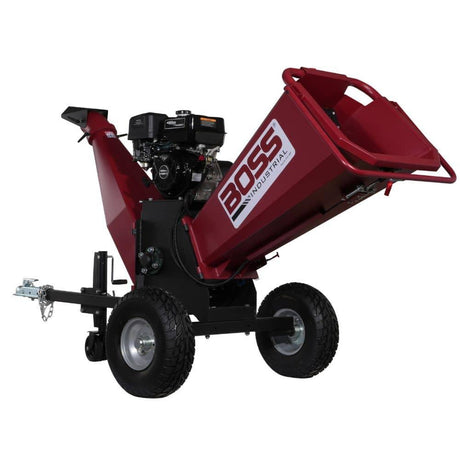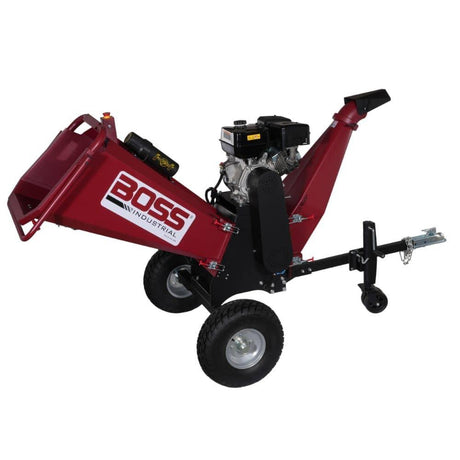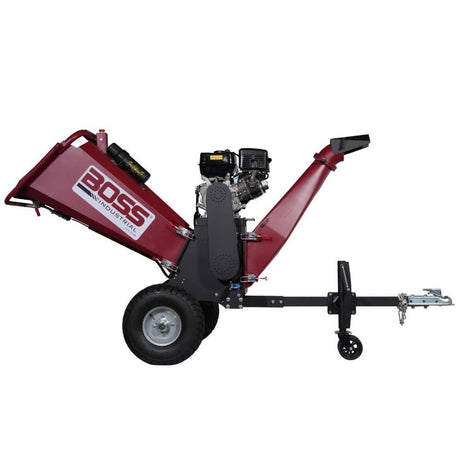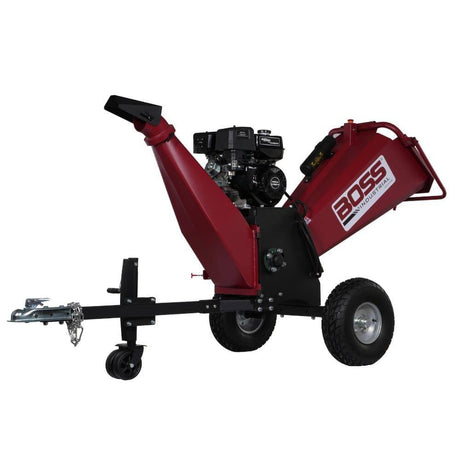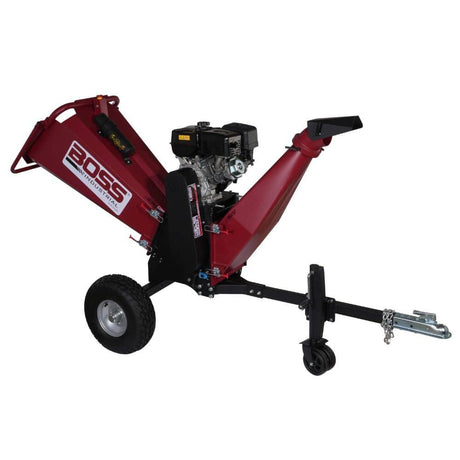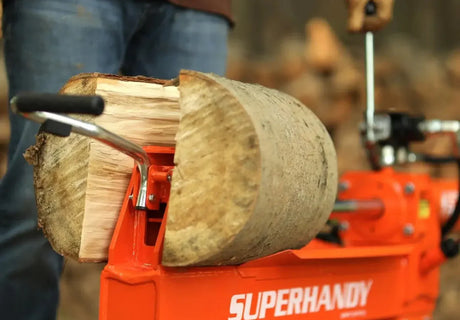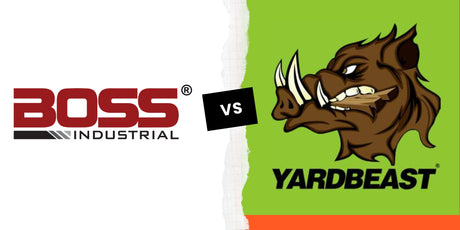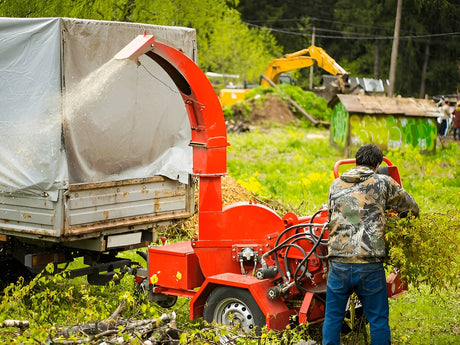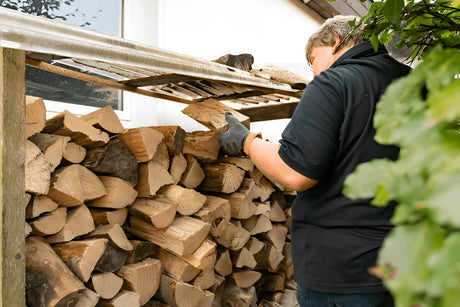What Determines the Lifespan of a Wood Chipper?
Build Quality: The Foundation of Longevity
The first thing I tell any customer wondering how long a wood chipper should last is: start with how it's built. Your machine's lifespan depends heavily on its materials and construction.
For a list of items to avoid feeding your chipper, see our 5 Things You Should Never Put in a Wood Chipper to protect your machine.
- Commercial-grade chippers often use thick steel frames, hardened wood chipper blades, and reinforced drum or disc systems. These are built to handle daily abuse for decades.
- In contrast, residential models might use lighter steel or aluminum. They're more affordable but not designed to feed big branches all day.
A solid frame, tight bearings, and hardened knives mean less wear, better cutting performance, and a longer working life. It's worth checking where and how your chipper was made-manufacturing quality matters more than the brand name alone.
Usage Frequency and Workload
Use it lightly, and it'll likely last. Push it too hard, and things start to fail. That's the simple truth.
- If you're only chipping small branches after seasonal pruning, your chipper could last 15+ years with little issue.
- If you're feeding hardwood limbs or dense green trees every weekend, even a high-end model will see faster blade wear, bolts loosening, and drive belts stretching.
The material going in matters too. Wet, stringy wood and fibrous debris dull the knives quickly. So does dirty or sandy feedstock-it acts like sandpaper on the cutting edge. Your hour meter won't lie: the more time it runs, the more closely you'll need to monitor maintenance.
If you're curious what happens when you feed wet wood, check out our Can You Put Wet Wood in a Wood Chipper? Here's What Happens to learn more.
Maintenance Practices That Extend Service Life
This is the make-or-break point. A well-built chipper won't survive neglect. And even budget models can last surprisingly long with proper care.
For full care tips, see our Wood Chipper Maintenance: The Ultimate Guide for step-by-step routines.
Here's what smart owners do:
- Sharpen your blades often. A dull edge doesn't just reduce performance-it strains the engine, burns more fuel, and can ruin the drum over time. As a general rule, inspect your wood chipper blades every 8-25 hours depending on what you're chipping.
- Check belts, bearings, and bolts routinely. A loose fastener on the feed chute or tooth holder can turn into a costly repair if left unchecked.
- Keep the machine clean. Built-up debris traps moisture, which leads to corrosion and sticky rollers or feed mechanisms.
- Don't guess on service intervals-use your hour meter and the operator's manual to build a basic service log.
If you're not greasing your chipper, checking the oil, or inspecting the knives, you're shortening its life. Maintenance isn't optional-it's part of owning wood equipment.
Average Lifespan by Chipper Type
Electric Wood Chippers
For light-duty work, electric wood chippers are a solid option. If you're only dealing with small branches and dry yard waste, these machines can last 5 to 10 years with proper maintenance.
They don't have complex hydraulic systems or gas engines, so there's less to maintain. But don't let that fool you-blades still dull, and overloading them shortens their life quickly.
- Keep the knives sharp.
- Avoid feeding wet, fibrous material.
- Store them indoors to prevent moisture damage.
Since electric units lack the raw power of gas models, using them beyond their intended diameter can quickly lead to motor strain or damaged cutting components.
Pro tip: If your electric chipper suddenly struggles to feed, it's likely time to sharpen or replace the blades-don't keep guessing.
Gas-Powered Wood Chippers
Gas-powered wood chippers are the workhorses of residential and semi-pro yard care. With consistent maintenance, expect 10 to 20 years of service.
These models come with more moving parts-engine, drum, drive belts, and possibly hydraulic feed rollers. That means more care, but also more capability.
To keep them in top shape:
- Sharpen blades every 10-25 hours depending on the type of wood.
- Change the oil seasonally or every 25 hours.
- Inspect and replace belts, check fasteners, and clean the feed chute regularly.
Feeding harder logs or knotty branches? You'll dull the wood chipper blades faster. That's normal. What matters is how you respond-routine sharpening and inspections will prevent deeper issues down the line.
PTO and Commercial-Grade Wood Chippers
PTO wood chippers and larger commercial units are in a league of their own. When hooked to a tractor or used by pros, these machines often last 20-30 years or more.
That kind of longevity comes from:
- Heavy-duty steel frames.
- Hardened cutting knives or tooth-style systems.
- Large drums with replaceable feed rollers and bearings.
But to get decades of use, you need to treat them right:
- Monitor hydraulic systems for leaks or sluggishness.
- Grease all fittings and check bolts after heavy use.
- Use the hour meter to track when to sharpen, service, and inspect.
These units can take on large branches, firewood-sized logs, and even trees. But their complexity means you need to stick to a tight maintenance routine if you want to avoid downtime or costly repairs.
If you're a homeowner with acreage, a smaller PTO chipper might outlast every other machine you own-if you maintain it like a commercial unit.
What to Expect by Brand: YardBeast, SuperHandy, Boss Industrial
YardBeast: Built for Durability
YardBeast wood chippers are built with heavy-duty steel frames and commercial-grade parts. With regular care, they can last 10-20 years, even in semi-professional settings.
What makes them last?
- Hardened wood chipper blades that handle branches and dense wood without chipping or warping.
- High-capacity drum systems designed for constant use.
- Easy access to parts for repairs or upgrades.
Sharpen the blades every 8-25 hours, depending on what you're chipping. Feeding trees, wet material, or hardwood? You'll need to stay ahead of wear. YardBeast recommends checking the cutting edge after each big job.
Pro tip: Use the hour meter to log every sharpen or replace interval. Don't wait until your chipper shows signs of struggling-get ahead of it.
Change the oil, inspect the belts, and maintain your machine seasonally. For anyone chipping weekly or processing large amounts of debris, YardBeast gives you the build quality to keep going.
SuperHandy: Lightweight and Long-Lasting for Homeowners
If you're chipping small branches and yard waste a few times a month, SuperHandy gives you great value. These machines are compact, easy to move, and perfect for light residential use.
You can expect around 10-15 years of life with good care.
Tips to extend that lifespan:
- Sharpen knives before the machine bogs down or vibrates.
- Keep your blades sharp-especially when feeding dry or stringy material.
- Use clean fuel and store indoors to prevent corrosion.
Shop Superhandy Wood Chippers →

SuperHandy models often run on electric motors or small gas engines. Less power, but fewer moving parts means fewer things to go wrong-if you stay on top of blade and engine care.
Reminder: When the chipper won't feed or starts spitting chips unevenly, it's usually dull knives, not a failing motor.
Boss Industrial: High Power with Great Lifespan
Boss Industrial wood chippers hit a sweet spot between residential ease and commercial toughness. Expect 15-20 years if you maintain it properly.
Why they last:
- Reliable gas engines that can be serviced like any outdoor equipment.
- Tough cutting drums and feed mechanisms that handle rough material.
- Solid warranty support and easy-to-find replacement blades, drive belts, and bearings.

Stick to a regular sharpen schedule-Boss units do well with every 10-20 hours, especially if you're feeding hardwood or large-diameter branches. Watch for any drop in chips output or vibration at the cutting point-that's your cue to inspect the knives or edge.
Boss is ideal for homeowners with big yards or landscapers handling firewood cleanup and storm debris. It's not the cheapest on the market, but it's built for the long haul.
Shop Boss Indusrial Wood Chippers →
How to Make Your Chipper Last Longer
Blade Maintenance Is Non-Negotiable
If there's one part you can't ignore, it's your wood chipper blades. Dull blades don't just slow the machine-they strain the engine, burn more fuel, and reduce chip quality.
Here's what to watch for:
- If your chips start to look stringy or uneven, your blades are losing their edge.
- A noticeable drop in feed speed or unusual vibrations means it's time to sharpen or replace.
As a general rule:
- Sharpen every 8-25 hours, depending on the material you process.
- Hardwood, dirty debris, or even wet wood dulls knives faster.
- Keep a spare set of blades and rotate them out-don't wait for the machine to suffer.
Use a proper file or grinding system, and always sharpen both tooth edges evenly. Unbalanced blades wear down your drum or bearings.
Engine and Hydraulic System Care
Whether you're using a gas or PTO chipper, the engine and hydraulic systems need love too. Skipping oil changes or ignoring fluid leaks shortens machine life fast.
Keep this checklist handy:
- Change oil every season or every 25 hours of use (check your operator's manual).
- Replace air filters regularly, especially in dusty environments.
- Check for leaks in hoses, drive belts, and hydraulic lines. A small drip today can cost you a new one tomorrow.
If your hour meter is active, log service intervals. That little counter saves guesswork and keeps your maintenance routine tight.
Tip: Use grease points religiously. Dry bearings are a silent killer.
Store It Right: Weather, Rust, and Debris
Where and how you store your chipper affects its entire life.
If left outside:
- Rain leads to rusted bolts, seized rollers, and frozen drum assemblies.
- Debris buildup can rot inside the feed chute or jam your cutting components.
Best practices:
- Keep it under a roof, or use a waterproof cover that allows ventilation.
- Clean the chipper after every use-get leaves and sap off the blades, bolts, and arm.
- If storing long term, drain the fuel, disconnect the battery, and apply grease to moving parts.
Protect your investment, and you'll get more hours, better performance, and fewer breakdowns over time.
Brand vs. Budget: Is a Long-Lasting Chipper Worth It?
Cost Over Time: Why Cheap Chippers Often Cost More
At first glance, it's tempting to go for a low-cost wood chipper. But here's the catch-budget machines often mean shorter lifespan, more blade wear, and early breakdowns.
A cheaper machine might:
- Use thinner steel and lower-grade knives
- Dull wood chipper blades faster
- Lack proper drive belts or bearings built for real use
You'll replace blades, belts, or even the whole chipper more often. The cost of repairs or parts adds up-fast.
A mid- or pro-grade chipper may burn more up front, but you'll save long-term by avoiding downtime and repeat purchases. Think of it like firewood: split once, stack right, and it keeps giving. The same goes for a reliable chipper.
When to Invest in a Premium Model
If you're a weekend warrior cleaning up after storms or clearing light branches, a solid homeowner model is fine. But if you chip trees, handle larger branches, or work weekly, it's smart to upgrade.
Here's when it's worth spending more:
- You run a landscaping business or cut firewood for the season.
- Your property has constant trees dropping material year-round.
- You want a machine that runs smooth for 10-20+ years.
Premium brands (like Yardbeast, Boss Industrial) offer thicker drums, better-balanced cutting systems, and longer-lasting blades. Their parts are made to handle tough wood and small branches without losing their edge.
And if you're wondering whether a pricier model really outlasts a cheap one-the answer is yes. In both hours and performance, they hold up better under pressure.
If your machine is part of your routine, not just a one-time clean-up tool, a longer-lasting chipper pays for itself.
Summary: What You Can Expect from Your Chipper
Final Lifespan Expectations by Brand and Type
If you're still wondering how long your wood chipper should last, here's the breakdown based on machine type and brand:
- Electric wood chippers: Expect 5-10 years of service for occasional cleanup and small branches. Keep the blades sharp, avoid overfeeding, and store indoors.
- Gas-powered chippers: A solid gas model like those from Boss Industrial or Yardbeast will easily run 10-20 years if you maintain it well-think regular oil changes, blade care, and seasonal checks.
- Commercial-grade or PTO units: These can last 20-30+ years, especially with routine grease, drum, and bearing maintenance. Common in landscaping or municipal use, they're built for high hour meter readings and tough material.
Each chipper type has its place. What matters is that you match the tool to your use and treat it like an investment.
Pro Tips to Maximize Value from Day One
Want to get the most out of your wood chipper starting now?
- Log a maintenance calendar: Track hours, service intervals, and each time you sharpen or replace your blades. Don't rely on guess work-your hour meter is your best friend.
- Match the machine to your most common workload: Don't use a homeowner unit to clear whole trees or massive branches. That's a fast way to wreck your cutting system and overload the feed.
- Sharpen blades before performance drops: Once you feel the blades start to tug instead of slice, it's past time. A dull tooth will wear your engine, reduce chip quality, and burn extra fuel.
Follow these habits and you'll easily stretch your machine's life, improve chip consistency, and avoid buying a new one sooner than you need to. Quality maintenance equals quality results. Every time.


